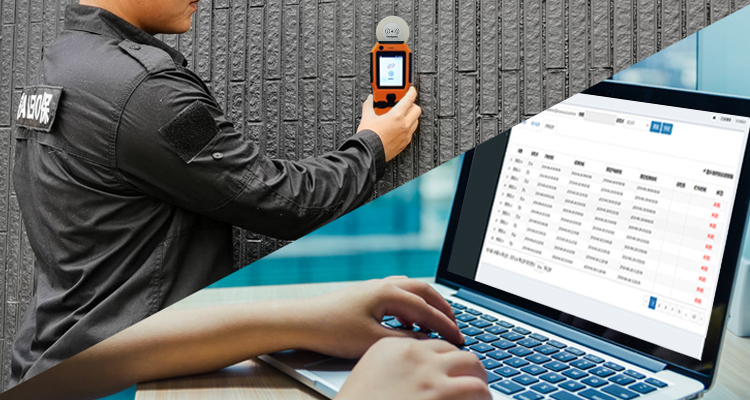

A well-maintained electronic access control system is far less likely to experience unexpected failures that could compromise a secure area. Routine inspections should cover all critical components, including access control hardware (strikes, locks, and sensors), wiring, and authentication devices such as card readers and biometric scanners. Dust, moisture, and daily wear and tear can degrade system performance over time, leading to false reads or system lockouts. Regularly scheduled preventive maintenance can help catch minor issues before they escalate into significant security risks.
In addition to physical inspections, software and firmware updates are equally important. Manufacturers frequently release patches to fix security vulnerabilities and improve system functionality. Delaying updates could expose your system to cyber threats or compatibility issues. Logging maintenance activities can also help track recurring issues and ensure compliance with security standards.
Power outages are among the most common causes of failure in electronic access control systems. When a door fails to lock, a reader becomes unresponsive, or the system unexpectedly reboots, the first step is always to check the power supply. Many electronic access control (EACS) systems rely on a combination of DC power and battery backup, so ensuring that all connections are secure and voltages are stable is critical. A multimeter can help test the electrical outputs of critical points, such as control panels and door controllers, to identify weak connections or faulty components.
An uninterruptible power supply should be integrated into the system to prevent downtime during power outages. This ensures that critical access points remain operational even during a power outage. Wireless components, such as battery-powered locks, should also be monitored for low battery levels, as they can fail without warning. Implementing automatic alerts for power anomalies allows security teams to respond before the system fails.

Modern electronic access control systems rely on network connectivity for remote management, real-time alerts, and integration with other security systems. If the system is experiencing delays, disconnections, or communication errors, the root cause may be in the network infrastructure. Ethernet cabling, Wi-Fi signals, and IP configurations should be checked for faults, as even minor disruptions can affect system reliability. Firewall and router settings must also be checked to ensure they are not blocking necessary communications between access control panels and management software.
For larger installations, deploying VLANs for security devices can improve performance while isolating access control traffic from regular network operations. This can reduce bandwidth congestion and minimize the risk of network intrusions. In addition, regular network speed tests and latency checks can help identify bottlenecks before they affect system responsiveness.
When users report issues with access cards, mobile credentials, or biometric scanning, the problem may be due to credential programming, reader failure, or database inconsistencies. Testing credentials on multiple readers can help determine if the problem is local or systemic. If biometric scanners fail to recognize an authorized user, technicians may need to recalibrate them. Users should also keep the sensors clean to prevent false positives. Another key aspect of credential management is regularly auditing access control databases to remove expired or unused credentials. Old access cards or employee badges that were never deactivated can become a security risk if they fall into the wrong hands. Implementing an automatic credential expiration system ensures that access rights are revoked when they are no longer needed.

Access control software failures can result in permission errors, crashes, or failed integrations with other security systems. If the management interface freezes or displays incorrect access logs, try restarting the software and verifying database integrity first. Outdated drivers or API conflicts can disrupt synchronization between different security components, so it is crucial to keep all software up to date. For organizations using cloud-based access control systems, ensuring a stable internet connection and appropriate encryption protocols are essential to preventing data breaches. Access logs and system configurations should also be backed up regularly to enable quick recovery in the event of a cyberattack or system failure.
A reliable electronic access control system is the backbone of any secure facility, but its effectiveness depends on proactive troubleshooting and maintenance. Organizations can minimize risk and ensure uninterrupted protection by systematically addressing power, network, credential, and software issues. Regular training, contingency planning, and staying current on the latest security advances can further enhance your electronic access control system.